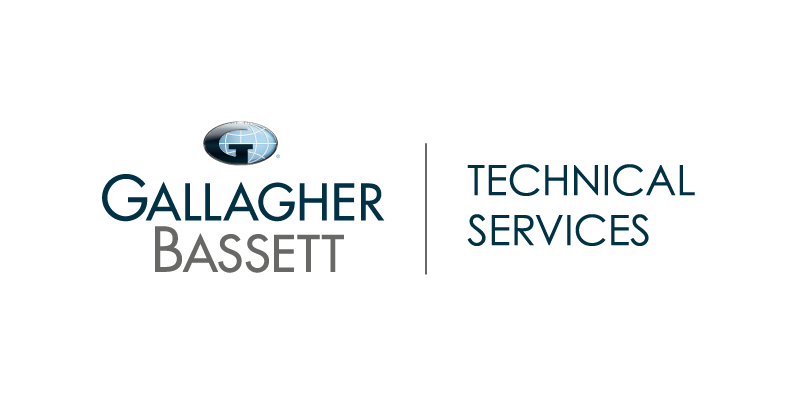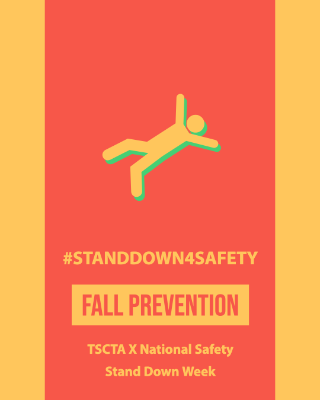As you may already know, have heard, or even read about here at Gallagher Bassett News, today is the start of National #StandDown4Safety week, a nationwide initiative to emphasize worker safety (and fall prevention in particular) at the start of construction season. Throughout the week, we’ll providing you with tips and tricks on keeping your focus on fall prevention to insure a safe workspace for everyone, but today we wanted to start the week by delving into some detail on risks to working at height other than falls.
THE SHOCKING TRUTH ABOUT ELECTROCUTION
When working at height, there’s perhaps no greater risk (outside of falling) than electrocution. From scaffolds to scissor lifts, maintaining a proper distance – and in the case of ladders, using the proper materials (i.e., fiberglass) when available – from electrical lines is crucial to preventing accidents.
OSHA guidelines require maintaining a 10-foot separation between scaffolding and insulated powerlines, unless “necessary for performance of work.” In that instance, the utility company or electrical system operator must be notified and the placement of scaffolding must wait until they have “deenergized the lines, relocated the lines, or installed protective coverings to prevent accidental contact with the lines.”
HEADS UP!
Another hazard of working at height comes from above, in the form of falling debris. This risk extends beyond those on the work site and, can, in some instances, have dire consequences for those unfortunate enough to be in the wrong place (underneath the scaffolding) at the wrong time (when things are falling).
And, while accidents happen, properly securing tools and construction materials can play a pivotal role in preventing such accidents from putting others at risk. In addition to those relatively small, but dangerous hazards, there’s also the risk of a collapse of the scaffold itself, if it hasn’t been constructed and inspected by a competent person (doing so in accordance with OSHA standards.)
HARNESSING THE POWER OF AERIAL LIFTS
Aerial lifts offer an excellent opportunity to prevent repetitive stress injuries that can come from working at or above shoulder level, but they also pose a risk of tipover if not properly counterbalanced or placed on a level ground before use.
Full-body harnesses can also provide protection from the hazard of working at height, especially in an aerial lift – as anything from a strong window to the lift being struck by a vehicle can have a disproportionate effect on the stability of the platform upon which a worker may find themselves – but come with their own set of risk, including suspension trauma as a result of the sudden constriction of blood flow after the fall.

